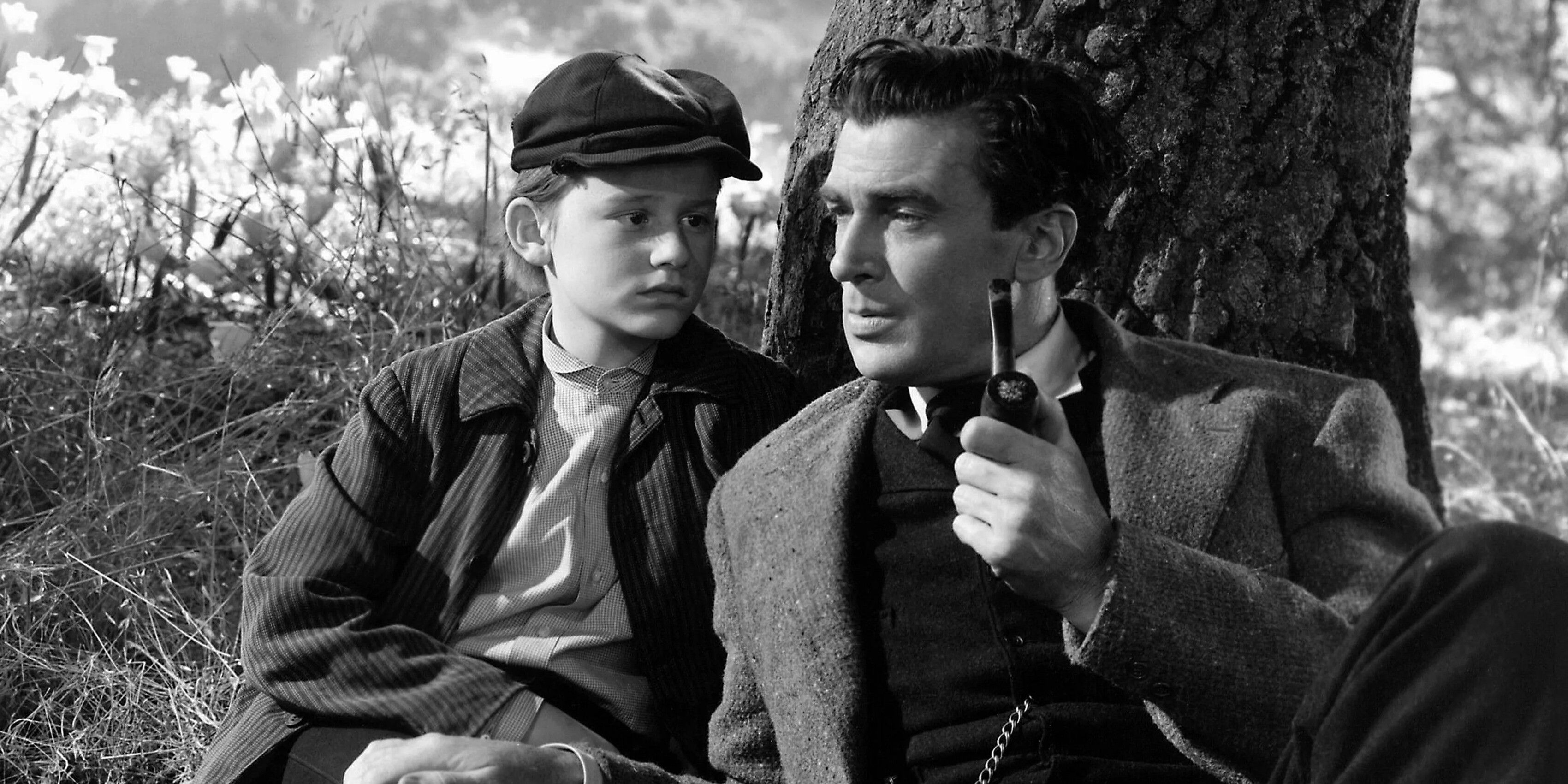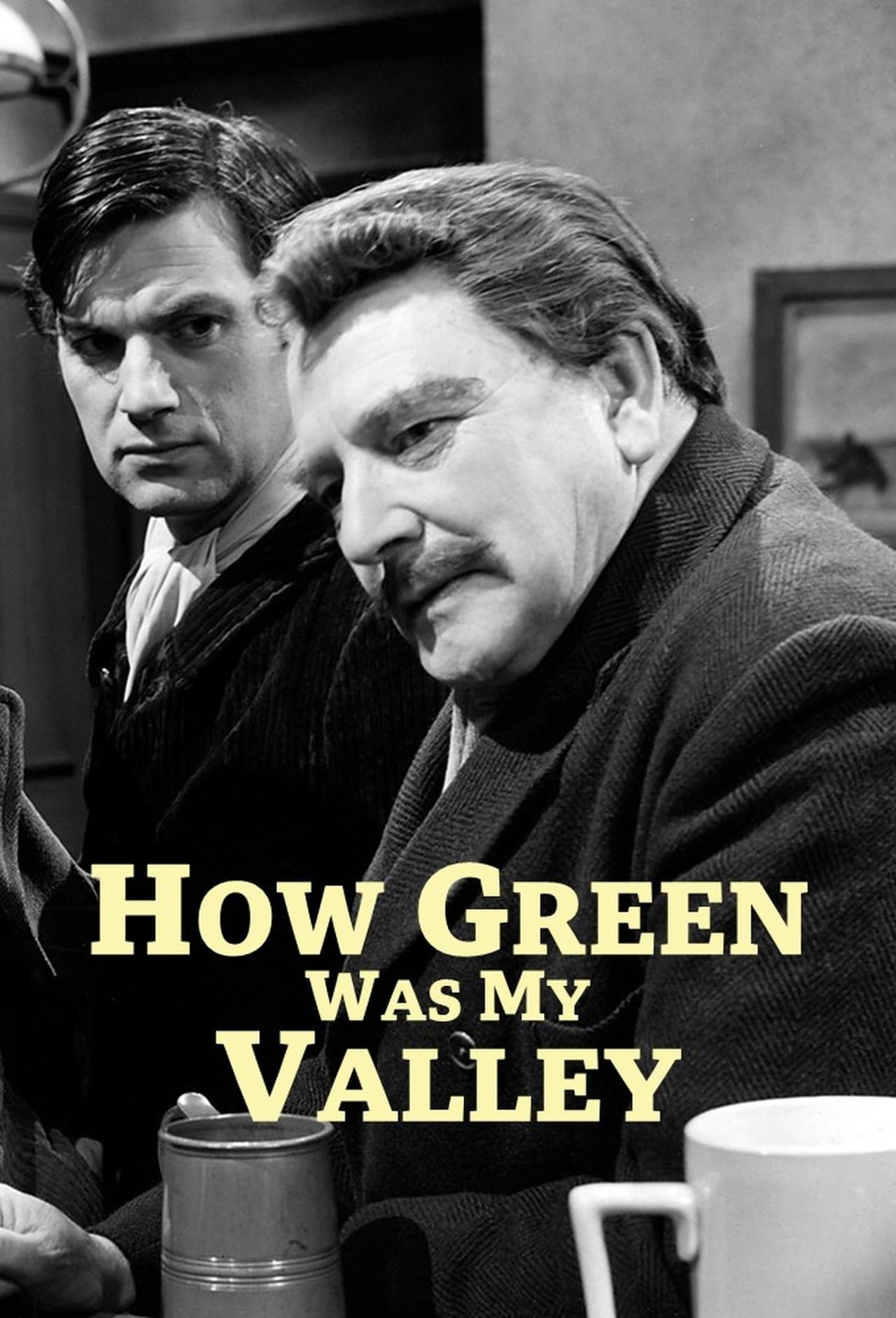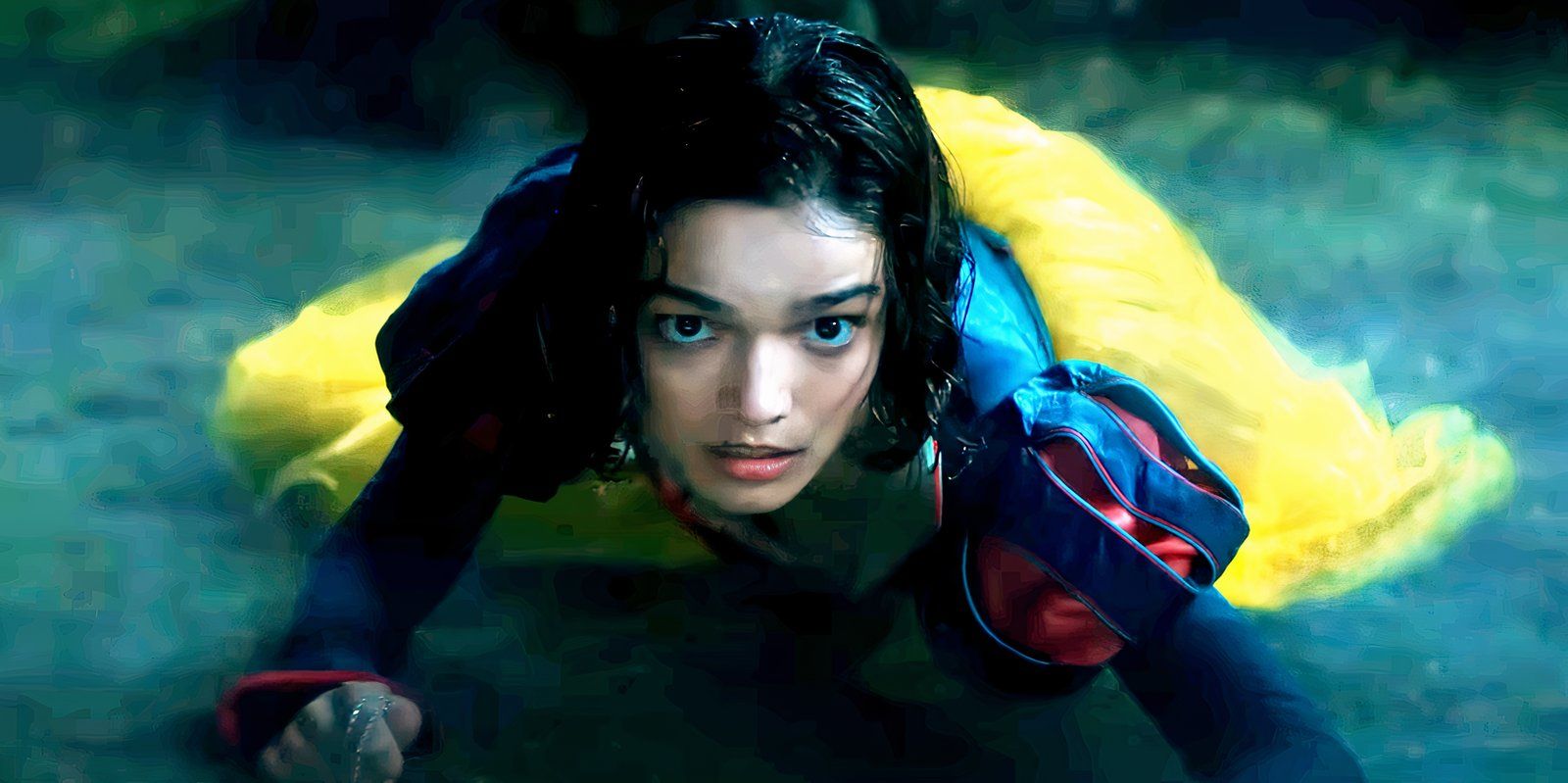Beyond their prowess as groundbreaking creative artists and visionaries of the Old West, John Ford and Clint Eastwood have many commonalities. As directors, the two are incredibly prolific, working non-stop, even at an age when most people retire. Their terse, no-nonsense approach to the art of filmmaking was responsible for countless classics, with many being the most influential films of their respective generations. Oftentimes, Ford and Eastwood are unfairly pigeonholed as "Western directors." Their filmographies are far deeper and more resonant than what's presented on the surface. Beneath their tough-guy personas is an unbridled sensitivity that lingers in all their pictures. With Ford, his most sentimental and personal film, How Green Was My Valley, earned him his lone win for Best Picture and was a formative favorite for Eastwood.
John Ford Explores His Irish Heritage in 'How Green Was My Valley'
John Ford, a notoriously reticent public figure with a fiery temper who frequently dismissed filmmaking as an art form, is perhaps the most soulful director of the 20th century, and his influence on future generations is seen in the films of Martin Scorsese and Steven Spielberg. In contrast to his gruff persona, Ford's films were painterly and emotionally vulnerable. Even though he was a proud Navy veteran with staunch conservative views late in life, movies like The Searchers and The Man Who Shot Liberty Valance were highly skeptical of American values of heroism and legend-making.
How Green Was My Valley, the director's lasting image on the screen before enlisting in the Navy during World War II, was, in typical Ford fashion, simultaneously his most tender and cynical, and the culmination of his phase as a left-leaning progressive. Based on the novel by Richard Llewellyn, the 1941 film chronicles the Morgans, a poverty-stricken family living in a Welsh mining village at the turn of the century. Recalled through the memory of the grown-up youngest son, Huw (Roddy McDowell), the story studies the pathos of a working-class family forced to work in perilous conditions in a coal mine and the family values enforced by patriarch Gwilym (Donald Crisp) and matriarch Beth (Sara Allgood).
'How Green Was My Valley' Recalls a Poverty-Stricken Childhood and the Perseverance of Family Values
Speaking to AFI, Clint Eastwood proclaimed he came of age during the "Golden Age" of movies and labeled How Green Was My Valley as one of his favorites. In Peter Bogdanovich's documentary, Directed by John Ford, Eastwood contributes to the film by praising Ford's work and his glowing representation of cinema at its finest. "He always dreamed of having a more idyllic family life," Eastwood said of Ford and his Irish heritage. This theme is achingly exemplified in How Green Was My Valley, a film that controversially defeated Citizen Kane for Best Picture. Reducing the film as an unworthy Best Picture winner is a grave error, as the film is a poetic, intimately felt portrait of the struggle to uphold family values amid economic distress. Whether through the broadest emotional strokes or Ford's signature subtle gestures, Valley wears its heart on its sleeve. Ford's adoration of traditional family values and the honor of men is wholly earned as he outlines just how arduous it is for people in this milieu to maintain a positive outlook on life.
Ford's films primarily focus on a specific community or group of people in the face of adversity, and with How Green Was My Valley, he spotlights a world of stalwart laborers suffering through economic hardship. The film also depicts an ethical dilemma, as the Morgan brothers' quest to lead a union strike is demonized by Gwilym. Valley, a companion piece to The Grapes of Wrath, not only advocates for unionization and workers' rights, but it also condemns the predatory nature of the workforce. As the vibrant Welsh community marches to work, belting out a folk tune in unison, they are ostensibly lambs sent to slaughter. Ford juxtaposes the somber aura of the film with his usual picturesque visual aesthetic, and the black-and-white photography evokes the Proustian reflections of Huw's narration. While, as an adult, Huw opts to retain an idyllic remembrance of his childhood, the washed-out colors of the grassy fields and cottages suggest that his childhood was anything but innocent.
How Green Was My Valley offers a cornucopia of grand, operatic emotions, but it never devolves into theatrical melodrama. John Ford's wistful portrait of a community squeezes sweeping romance and mournful heartbreak into every single frame, and these images are so powerful that they can only be recalled through fleeting memories. It's fitting that Clint Eastwood's favorite Ford film would be a non-Western, as both directors proved that their abilities extended beyond the limitations of sheriffs and outlaws.
How Green Was My Valley is available to rent on Amazon in the U.S.
Rent on Amazon
Your changes have been saved
How Green Was My Valley: A man in his fifties reflects on his childhood experiences in a Welsh mining village during the early 20th century. Amidst the challenges and changes faced by his family and community, his memories reveal the enduring bond of family, tradition, and the impacts of industrialization.
Release Date
October 28, 1941
Director
John Ford
Cast
Walter Pidgeon
, Maureen O'Hara
, Anna Lee
, Donald Crisp
, Roddy McDowall
, John Loder
, Sara Allgood
, Barry Fitzgerald
, Patric Knowles
, Morton Lowry
, Arthur Shields
, Ann E. Todd
, Frederick Worlock
, Richard Fraser
, Evan S. Evans
, James Monks
, Rhys Williams
, Lionel Pape
, Ethel Griffies
Runtime
118 Minutes

 Image via 20th Century Fox
Image via 20th Century Fox










 English (US) ·
English (US) ·